In the summer, you can find climate scientist Elsa Godtfredsen in the Rocky Mountains of Colorado scouting for bees and other pollinators, testing soil moisture levels, gathering seeds and carefully monitoring the health of local alpine wildflowers.
A doctoral student in Northwestern’s plant biology and conservation program, Godtfredsen has been running a multiyear experiment to see how early snowmelt (one sign of a warming planet) will affect four species of wildflowers — and, by extension, the broader ecosystems upon which we all rely.

Illustration: Leslie Mock
“Plants are the basis of ecosystems,” Godtfredsen says, “and how they react to climate change will have a trickledown effect … on agriculture, wildlife, weather patterns and more.”
Godtfredsen is studying the subalpine meadows of the Rocky Mountain Biological Laboratory, a field station in Gothic, Colo., where wildflowers grow abundantly. In early April, after a typical, snowy Colorado winter, she covers seven 5-meter square plots of land with black shade cloths. The cloths increase solar radiation, causing the snow to melt more quickly than in the surrounding areas. (The rest of the meadow remains covered in snow for several weeks more.) Then, she monitors the plots over the spring and summer months, observing wildflower growth, reproduction and health.
“Snowmelt is a really important environmental cue for flowering plants,” Godtfredsen says. “And in 2021 we saw much earlier flowering in all four species that were in the early snowmelt test plots, as well as lower pollinator visitation.”
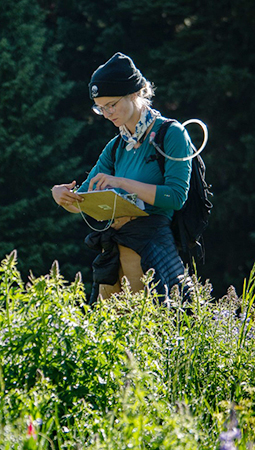
Elsa Godtfredsen
One might welcome earlier blooms after a cold winter, but Godtfredsen explains why that could spell trouble.
“It’s disrupting the normal timing,” she says. If flowers bloom too early, pollinators like bumblebees may not be foraging yet. As a result, those flowers may receive less pollen, which could affect seed production.
Godtfredsen is awaiting more evidence — “I’m still counting seeds from this past season,” she says — but fewer flowers and earlier blooms could potentially cause a cascading effect. “These flowers are really key food sources for pollinators,” she says. Declines in flowers can cause declines in pollinator populations, which can then hinder the success of other plant species and agricultural crops, as well as the animals (and people) that eat them.
Repeating the experiment over the next few years will help to account for unexpected factors that could be impacting her results. “We might see cumulative effects across multiple years,” she conjectures. Perhaps plants that attracted fewer pollinators this year, for instance, will produce fewer seeds not right away but in the years ahead.
It is slow-moving work. But Godtfredsen hopes the results of her study will help demonstrate the effects of climate change and aid conservationists in their efforts to preserve plant species that may be particularly susceptible to a warming world.
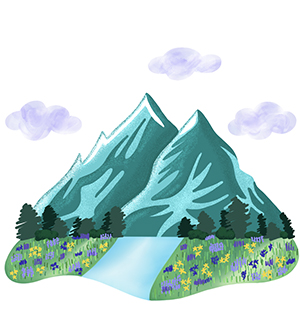
Illustration: Leslie Mock
“Being able to monitor those changes and understand them is powerful and gives me hope,” she says. “There’s a lot of resiliency in nature, but we also need to actively change policy to address climate change.”
When the wildflower season ends in August, Godtfredsen returns to her lab at the Chicago Botanic Garden (which partners with the Weinberg College of Arts and Sciences on the plant biology and conservation program) to analyze her data.
If you stop by, she says, you might just spot her counting seeds, doing the painstaking work to help us prepare for a changing climate.
Follow Godtfredsen’s research.
Diana Babineau is a writer and editor in Northwestern’s Office of Global Marketing and Communications.
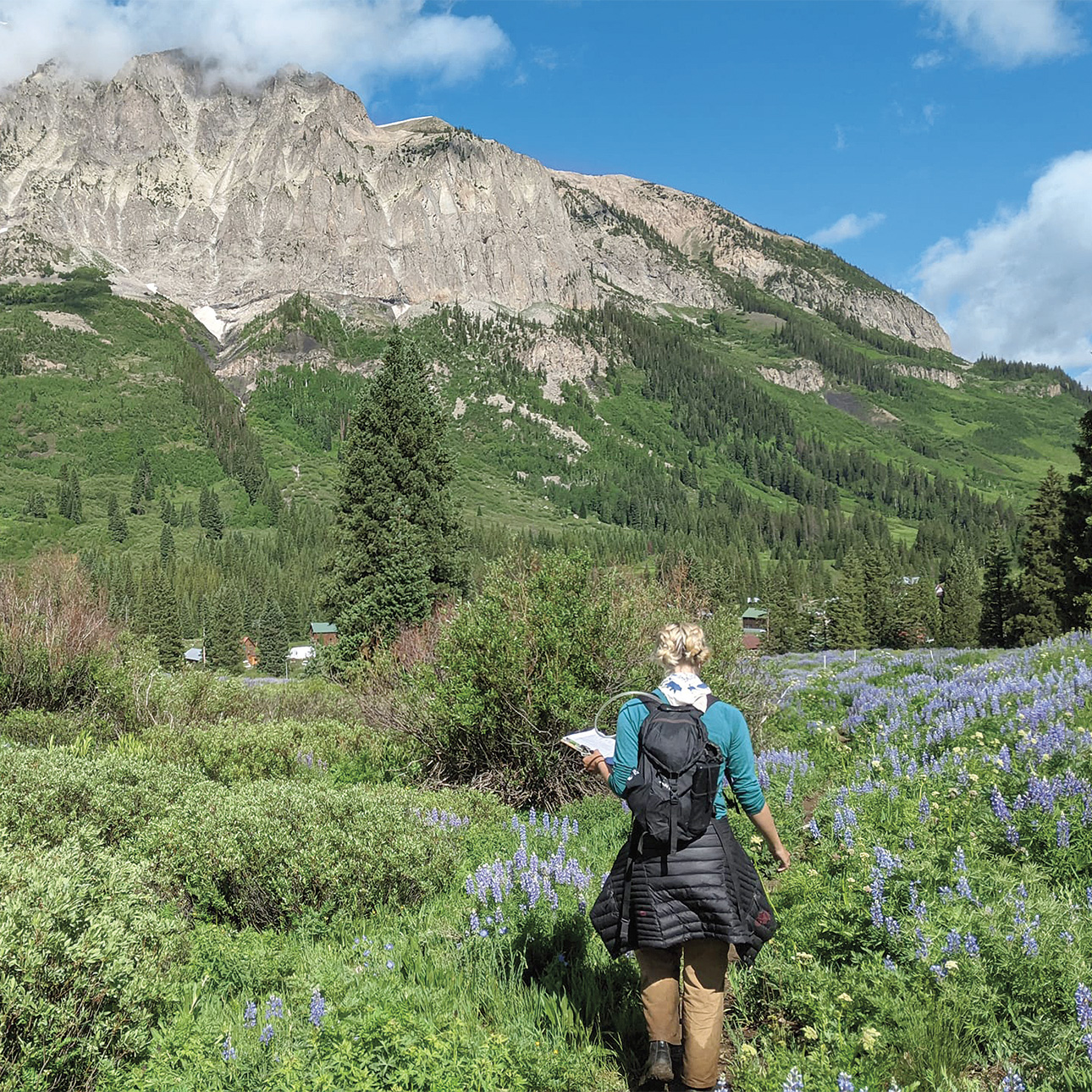
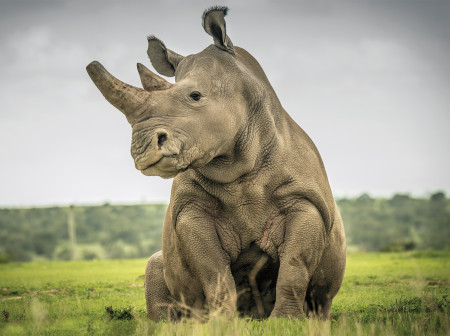

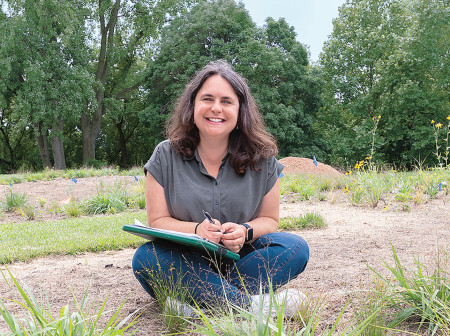
Reader Responses
Hi Godtfredsen
Congratulations for the good work that you are doing. The research outcomes will have a lot of benefits to the world community especially on sustainability. I have been championing issues of climate change in my neighborhood together with my friends, your dedication have really inspired us to create more awareness especially in our country Kenya and Africa as a continent.
—Varlerly Njoki Maina Kenya
No one has commented on this page yet.
Submit a Response